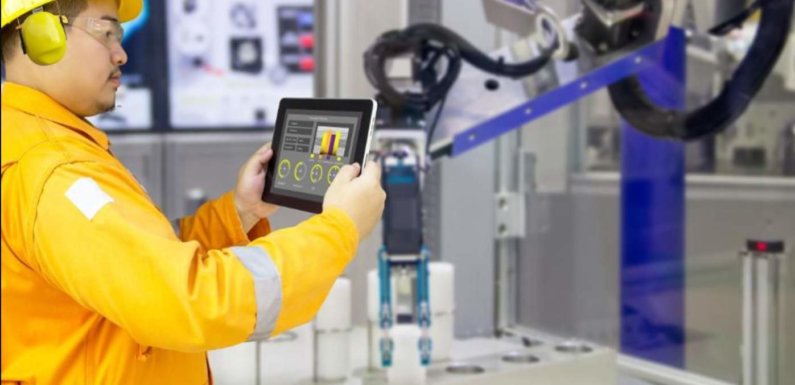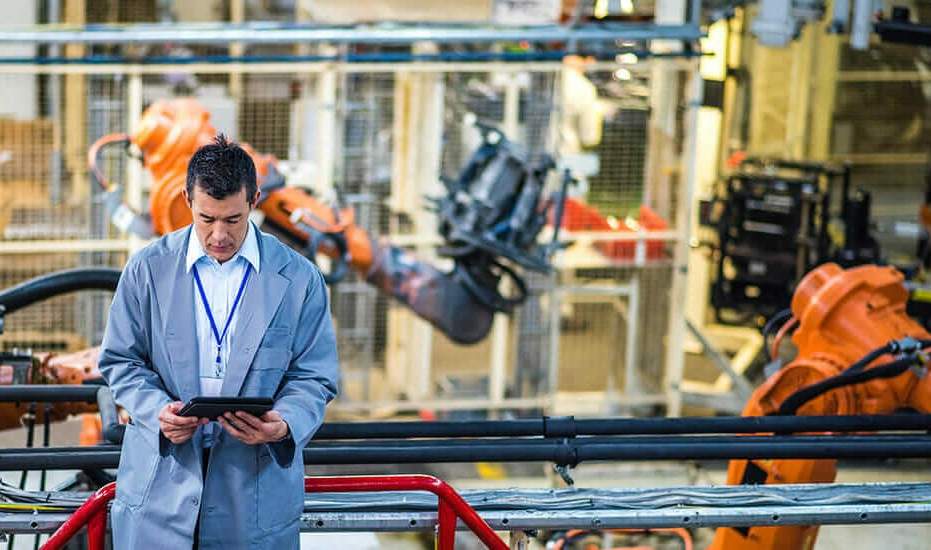
Since robots were introduced into the factory, they were viewed as an enemy of the worker. However, as time has passed, technology advanced and robots revolutionized, factory employees have come to love and prefer that their workplaces have robots.
Over time, as more and more manufacturing jobs get automated, human resources at manufacturing entities seem to understand the need for having robots in the workplace.
With the society and work expectations also changing, many employees want to feel that they are valued and that their work counts towards the success of the organization. Robots have helped greatly towards this and listed are some of the advantages that robots have brought to workers.
Better use of their skills and abilities
Before robots arrived at the factory, human workers stood around a conveyor belt working their hands as fast as they could to ensure that they met their production quotas.
Doing this every day is monotonous and boring. Once a factory got used to this task, they no longer needed to think about what they were doing and could just do it automatically looking forward to the next break.
Enter robots. With robots in the factory, human employees now have new tasks to complete. Robots are left to handle the manual boring work while human employees can now engage their mental capacity into other tasks that help add value to the organization such as sales or customer handling.

Enhanced safety
When working at a factory there are a lot of safety risks that one is exposed to. For this reason, it is important that factory workers are in appropriate safety gear that is approved by the organization.
Most times, work in the factory regards dealing with risky material or heavy lifting. This is work that can be easily delegated to manufacturing robots that have no risk of getting harmed or risking their health.
Career advancements
In the modern society, no one wants to to work at one position for their working lives. People want to feel that they add value enough to be recognized and promoted through the ranks at their place of work.
The introduction of robots into the workplace makes this possible for many with limited opportunities for growth due to their lack of required education or skills to get promoted.
Once robots are introduced into the workplace, these employees that are working at the low-level tasks are promoted to become robot operators through a training on how to handle these machines for maximum value to the organization.
Enhance employee motivation
Many organizations that have introduced robots into their operations have noted a significant improvement in the morale of their employees. Many employers report a reduction in the rate of absenteeism at work and also a significant drop in employee turnover.
With robots taking over some boring and dirty tasks, human resources carrying those tasks previously are redeployed into other areas of the organization. This leads to a new challenge for the employee and are eager to learn and make an impact in the new position that they have been offered.
Work faster than human employees
Robots do not need breaks. As a result, they will work longer and produce more than any team of human employees at a manufacturing organization.
In addition, robots are highly accurate and precise in their production process. This in turn leads to an improvement in the quality of goods that an organization produces.
This helps improve the financial position of the organization which then impacts how employees carry out other tasks that are not directly related to production of goods.
They are easy to use
Flexible robot arms are quite easy to use. Anyone with the ability to operate a smartphone can easily operate the modern robot arms. This makes them easily acceptable into the factory by employees who would previously reject them on the basis that they will be fired only for someone else who can operate the robot to take their place.

